Watch: Earth Day Panel Discussion at Orvis
On April 22, 2025, VNRC’s Restoration Ecologist Karina Dailey traveled to Manchester, Vermont for an Earth Day panel discussion hosted by Trout Unlimited at Orvis. Find the full panel discussion video below.
Here’s a recent presentation on the fish passage laws in Vermont from Nathaniel Launer, the 2024 Mollie Beattie Intern at Vermont Natural Resources Council (VNRC): Fish Passage Laws_NLDownload
Dam Removal Cost Estimator Tool
We’re excited to share the Dam Removal Cost Estimator Tool, created by the Network for Engineering with Nature, ERDC, the University of Georgia, and the United States Geological Survey. Explore the tool here.
Karina Dailey Presentation to the Lewis Creek Association Board on Dam Removal
The Lewis Creek Association board invited Karina Dailey, Restoration Ecologist with Vermont Natural Resources Council (VNRC, to present at their February 8, 2024 meeting. Karina shared about the science of dam removal, as well as an overview of dam removals in the watersheds they serve – specifically, the Baldwin Pond Dam.
Now Available: Vermont Dam Removal Project Manager Guide
The Vermont Dam Task Force and partners have developed the “Vermont Dam Removal Project Management Guide.” Now available for free download, this guide is a set of resources for anyone involved in dam removal projects, including project managers, engineers, contractors,
community members, and more. It takes thoughtful planning and engagement with partners to identify opportunities for dam removal and design those projects through to construction, leading to healthy rivers and communities. Whether you are working on a large-scale project or a smaller community-based effort, this guide will provide you with the tools you need to successfully manage a dam
removal project in Vermont. Learn more and download the guide here.
New Tim Newcomb Comic Highlights Dam Removals
Vermont Natural Resources Council partnered with Vermont comic artist Tim Newcomb to create this graphic to spread awareness about the benefits of dam removals. The comic is meant to be used by all!
WATCH: Pelletier Dam Removal Footage
Filmmakers taking footage of the Pelletier Dam Removal in Castleton Vermont. Let the rivers flow!

